As winter’s darkness envelops Norway, the scent of birch smoke and salted lamb begins to waft through homes, signaling the arrival of pinnekjøtt—the country’s quintessential Christmas dish. These wind-dried, salt-cured ribs, steamed to tender perfection over juniper branches, are more than a festive meal; they are a testament to Norway’s rugged landscape, ancestral ingenuity, and the resilience required to thrive in the Arctic.
From ancient preservation techniques to modern-day culinary pride, pinnekjøtt embodies a tradition as stark and enduring as the fjords themselves. This article delves into the history, craftsmanship, and cultural soul of this iconic dish, exploring how a simple method of drying meat evolved into a national symbol of Christmas.
A Legacy Carved by Necessity: Viking Roots and Survival
Long before refrigeration, Norway’s harsh climate demanded innovative ways to preserve food. The practice of air-drying meat, particularly lamb and mutton, dates back to the Viking Age, when seafaring Norse communities needed durable provisions for long voyages. By salting and hanging cuts in the cold, dry Arctic air, they created a protein-rich food source that could last through the winter. This method, known as tørrfisk (dried fish) for seafood and fenalår (dried leg of lamb) for meat, laid the groundwork for pinnekjøtt.
Originally, pinnekjøtt was a humble peasant dish, born in western Norway’s coastal regions where sheep farming thrived. The name itself—pinnekjøtt, meaning “stick meat”—hints at its preparation: ribs were traditionally dried on wooden racks or stacked over birch sticks, allowing the frigid winds to work their magic. Over centuries, what began as survival food became a celebratory centerpiece, reserved for weddings, feasts, and eventually, Christmas. By the 19th century, pinnekjøtt had cemented its place on Norwegian holiday tables, a savory link to the past in an era of rapid modernization.
The Alchemy of Wind and Salt: Crafting Perfect Pinnekjøtt
Creating authentic pinnekjøtt is a slow, deliberate dance with nature. The process begins in early autumn, when lamb ribs are generously rubbed with coarse sea salt—sometimes mixed with sugar and spices like black pepper or coriander—to draw out moisture and inhibit bacterial growth. The meat is then left to cure for several days before being rinsed and hung in open-air sheds or under eaves, where the crisp Nordic winds dehydrate it over weeks or even months. This wind-drying phase is critical; too much humidity risks spoilage, while the right balance of cold and airflow imparts a concentrated, umami-rich flavor.
Traditionally, the ribs were smoked lightly over birch or juniper wood, adding another layer of preservation and complexity. Today, smoking is less common but still practiced in regions like Hardanger, where the interplay of salt, wind, and smoke creates a distinctly robust profile. Before serving, the dried ribs are soaked overnight to rehydrate, then steamed atop a bed of juniper branches. The juniper not only infuses the meat with a piney aroma but also pays homage to Norway’s boreal forests, connecting the dish to its natural environment.
A Christmas Ritual: Family, Folklore, and the Taste of Home
In Norway, preparing and eating pinnekjøtt is a ritual steeped in nostalgia. For many families, the dish is inseparable from Christmas Eve, served alongside mashed rutabaga, crispy potatoes, and aquavit—a fiery spirit meant to cut through the richness. The act of steaming the ribs, often in a massive pot passed down through generations, becomes a communal event, with relatives gathering to share stories and stir the pot.
The dish also carries whispers of folklore. Some say the juniper branches used in cooking ward off evil spirits, a belief rooted in pre-Christian traditions. Others attribute pinnekjøtt’s popularity to its practicality: in a season of blizzards and limited fresh produce, it provided hearty sustenance. Yet beyond pragmatism, pinnekjøtt evokes a deep emotional resonance. For expatriate Norwegians, a bite of the salty, tender meat can summon childhood memories of snow-blanketed valleys and the glow of candlelit julebord (Christmas feasts).
Modern Innovations: Balancing Tradition and Trends
While purists cling to time-honored methods, contemporary chefs and home cooks are reimagining pinnekjøtt. In Oslo’s avant-garde restaurants, the dish might appear as a deconstructed terrine or be paired with unexpected accompaniments like lingonberry foam or pickled seaweed. Others experiment with shorter curing times or alternative meats, such as venison or duck, though lamb remains sacrosanct for most Norwegians.
Environmental concerns have also influenced the tradition. Sustainable farming practices are increasingly prioritized, with small-scale producers emphasizing organic, free-range lamb. Meanwhile, urban dwellers without access to drying sheds have turned to controlled dehydrators, replicating the Arctic winds with technology. Yet even these adaptations honor the spirit of pinnekjøtt—resourcefulness shaped by respect for nature.
Regional Rivalries and Cultural Identity
Norway’s pinnekjøtt tradition is not without its debates. In northern regions, lutefisk (dried cod reconstituted in lye) often rivals pinnekjøtt as the Christmas main, sparking friendly rivalry between coastal and inland communities. Western Norwegians, however, defend their pinnekjøtt heritage fiercely, insisting that only ribs from grass-fed, mountain-grazing sheep can achieve the true flavor. Regional variations abound: some areas add a touch of sweetness with caramelized potatoes, while others serve the meat with flatbrød (crispbread) to soak up the juices.
These culinary distinctions reflect Norway’s fragmented geography and cultural diversity. Just as dialects shift from valley to valley, so too do Christmas traditions, with pinnekjøtt acting as a edible map of local pride. Food historians note that the dish’s survival into the 21st century is a triumph of cultural preservation—a refusal to let globalization homogenize Norway’s gastronomic soul.
Conclusion: A Feast of Resilience and Connection
Pinnekjøtt is more than a dish; it is a narrative of survival, a celebration of seasonal rhythms, and a bridge between generations. In every salty fiber of the meat lies the story of Vikings battling icy seas, of farmers coaxing life from stony soil, and of families huddled around steaming platters, laughing in the glow of the northern night.
As climate change and urbanization reshape Norway, pinnekjøtt remains a stubbornly resilient tradition. It reminds Norwegians—and the world—that some flavors cannot be rushed, some crafts cannot be automated, and some connections to the past are worth savoring. This Christmas, as the juniper-scented steam rises from kitchens across the land, pinnekjøtt invites us all to pause, to taste the depth of time, and to honor the quiet artistry of wind, salt, and patience.
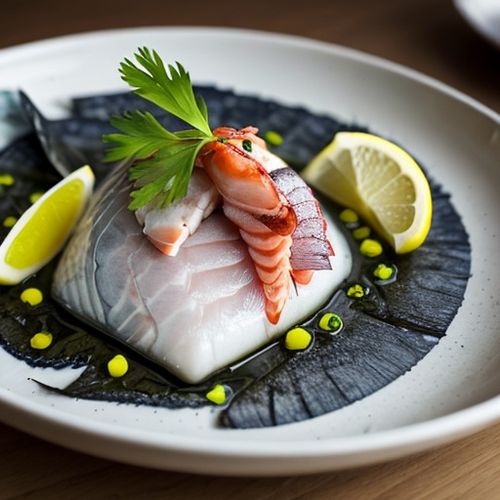
By James Moore/Mar 29, 2025

By Noah Bell/Mar 29, 2025
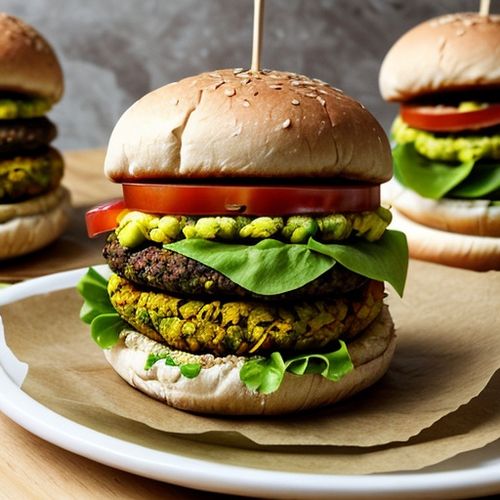
By Ryan Martin/Mar 29, 2025
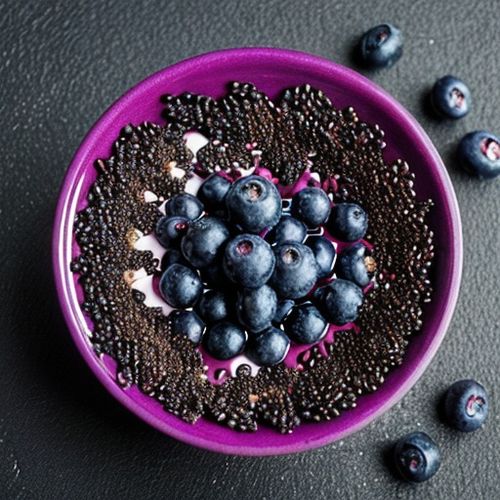
By Sarah Davis/Mar 29, 2025
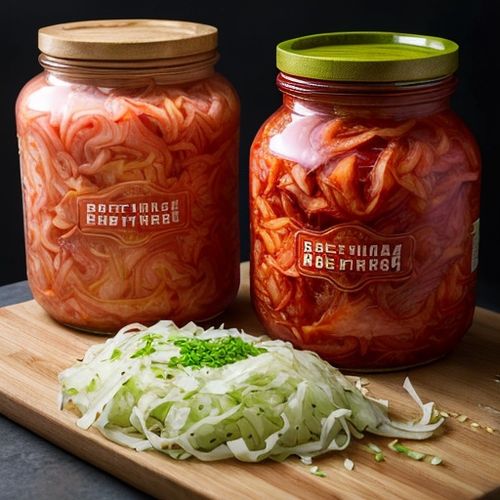
By William Miller/Mar 29, 2025

By Lily Simpson/Mar 29, 2025
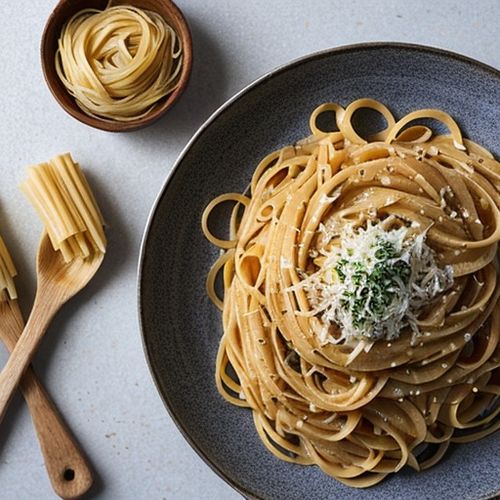
By William Miller/Mar 29, 2025
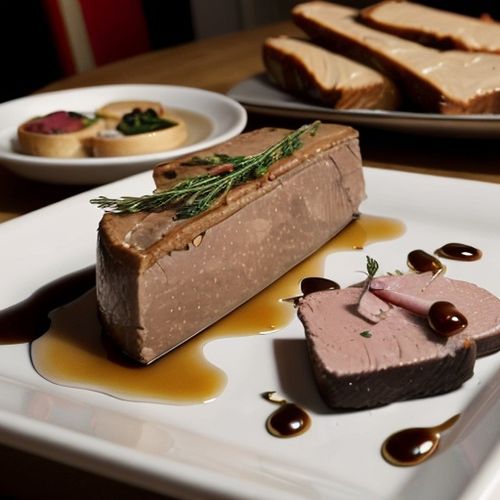
By Rebecca Stewart/Mar 29, 2025
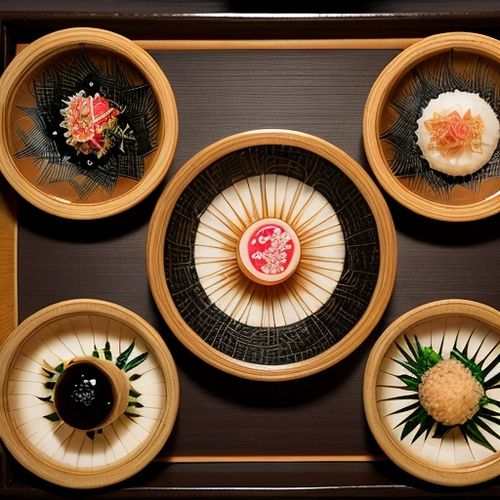
By Joshua Howard/Mar 29, 2025
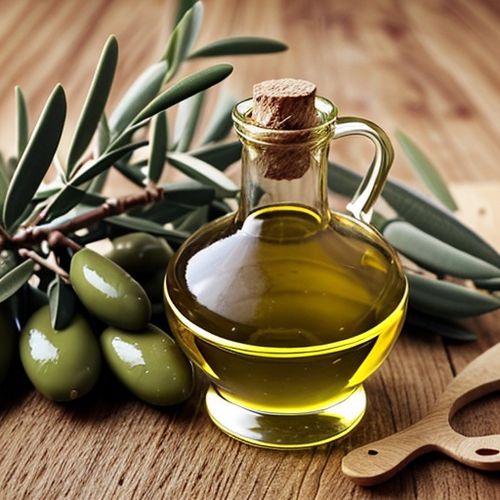
By Emily Johnson/Mar 29, 2025

By David Anderson/Mar 29, 2025
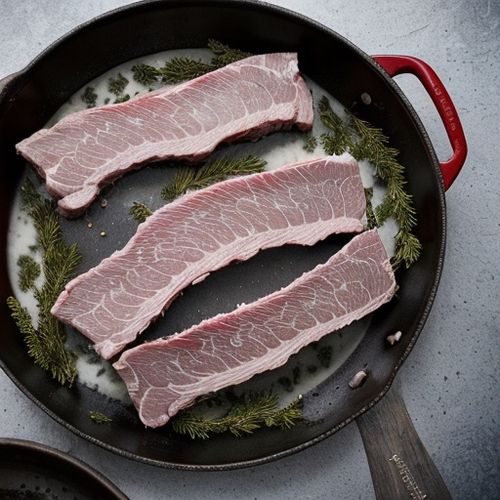
By Thomas Roberts/Mar 29, 2025

By Jessica Lee/Mar 29, 2025

By Amanda Phillips/Mar 29, 2025
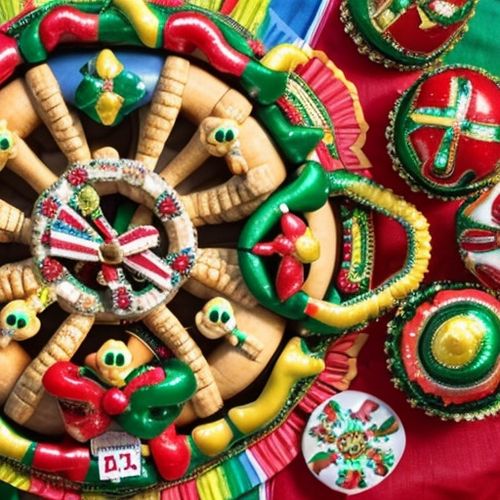
By Sophia Lewis/Mar 29, 2025
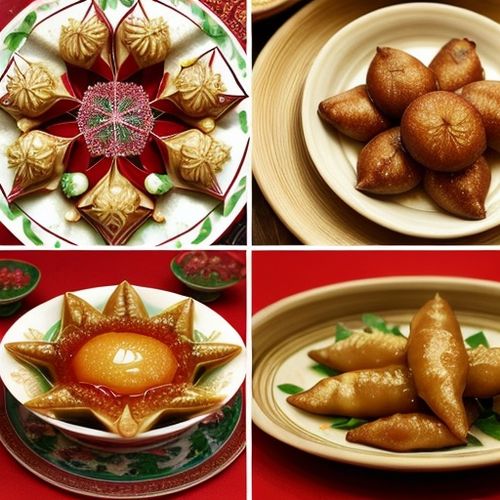
By Laura Wilson/Mar 29, 2025

By Emma Thompson/Mar 29, 2025

By Samuel Cooper/Mar 29, 2025
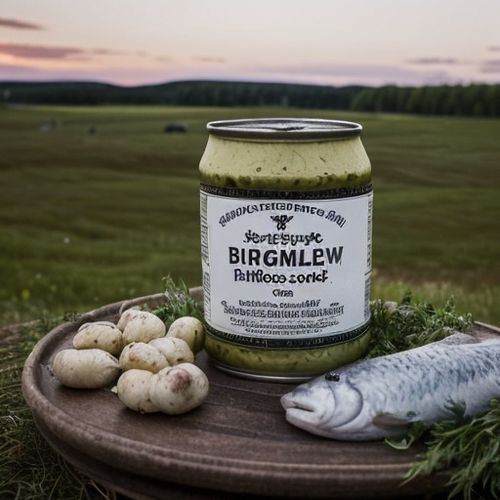
By Olivia Reed/Mar 29, 2025
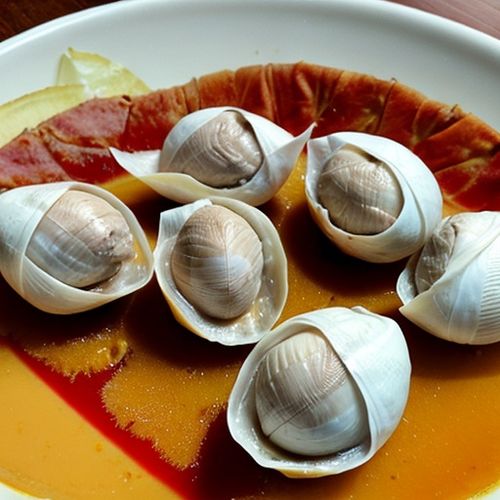
By Noah Bell/Mar 29, 2025